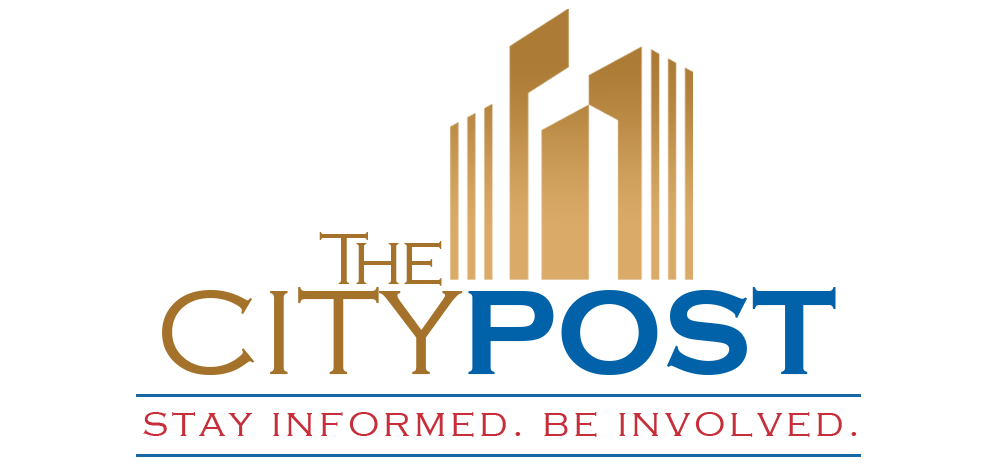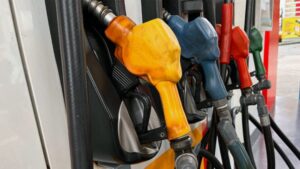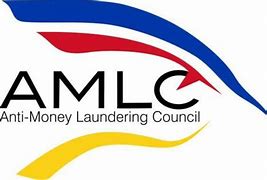Motorists should prepare for a significant fuel price hike next week, with gasoline expected to rise by ₱2.50 to ₱3.00 per liter, diesel by ₱4.30 to ₱4.80 and kerosene by 4.25 to 4.40.
The Department of Energy attributes the spike to volatility caused by the Israel-Iran conflict, which threatens vital global oil shipping routes like the Strait of Hormuz.
President Ferdinand Marcos Jr. acknowledged the likelihood of continued increases and announced the rollout of fuel subsidies, particularly for livelihood-dependent drivers, similar to those provided during the pandemic.
Fuel firms are set to confirm the official adjustments on Monday.
This big-time fuel price hike could ripple through consumers’ daily lives in several ways:
- Higher transportation costs – Commuters, especially those relying on private vehicles or public transport, will feel the pinch first. Jeepney, bus, and ride-hailing operators may ask for fare hikes.
- Increased cost of goods and services – Since fuel powers the transport of goods, expect prices of essentials like food and household items to climb. This could contribute to inflation, especially affecting low- and middle-income households.
- Strained household budgets – Families may need to reallocate spending, cutting back on non-essentials to accommodate higher fuel and commodity costs. This can reduce overall consumer spending and dampen economic activity.
- Pressure on small businesses – SMEs that rely on fuel for operations—like delivery services, logistics, or agriculture—may face tighter margins, potentially leading to price hikes or reduced services.
- Behavioral shifts – Some consumers may limit travel, carpool more, or shift to public transport. Others might consider fuel-efficient or electric vehicles if prices remain high.
The government has acknowledged these risks and is preparing targeted fuel subsidies for vulnerable sectors like public transport and agriculture. But if the conflict in the Middle East escalates further, the economic strain could deepen. (ZIA LUNA)




